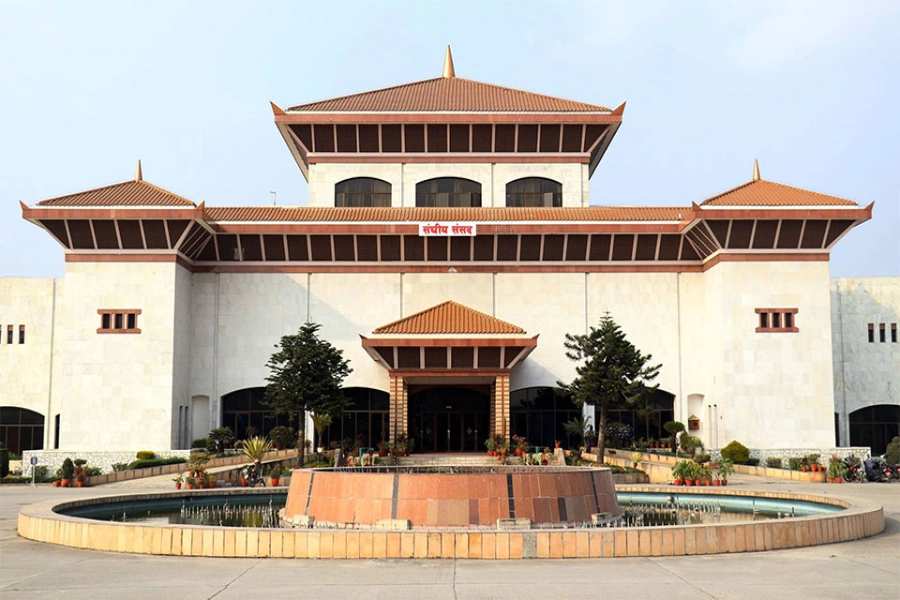Likely to continue for three more days: MFD
KATHMANDU, June 17: A peculiar phenomenon left many people across the country bewildered this weekend. While rainfalls usually clean dust, the rain on Friday evening and Saturday morning had the opposite effect as it brought along dust and dirt with it.
As the rains settled, those who had parked their vehicles under the open sky noticed their vehicles covered with a brown or yellow coating of particles. When the raindrops dried and the residents wiped away those stains from the surface of motorbikes, cars and rooftops, they were left with unmistakable particles of dusts.
Dustmandu

The rains with dust particles, according to the Meteorological Forecasting Division (MFD), are the result of dust storms around the deserts of Rajasthan State of India. Parts of those dust storms are being carried in the atmosphere of Nepal by westerly winds entering the country.
“It entered Nepal’s atmosphere from the west and affected almost half the country, even managing to penetrate some parts of the east,” said meteorologist Min Kumar Aryal of the MFD.
The division expects that the phenomenon to continue for at least three more days due to two major reasons. One, the dust storms are still developing around the deserts of Rajasthan. Two, the westerly winds carrying parts of those dust storms to Nepal still have strength left as the monsoon in the country has not fully developed yet.
The westerly winds are opposed by easterly winds during monsoon. Easterly winds bring moisture for monsoon while westerly winds gradually weaken as the monsoon progresses. However, as of now, the central and western regions of the country are still having rainfalls influenced by the westerly winds which are also bringing dusts from Rajasthan, leading to muddy rainfalls.
“This could possibly be the first time we are having rainfall with dust particles in Nepal as the dust storms coincided with the rainy season,” said Aryal. “In previous years, dust storm effects from India were usually noticed during winters instead, affecting mostly southern parts of the tarai region.”
Another meteorologist, Sameer Shrestha said the dust pollution in the Kathmandu Valley has contributed to the muddy rains only to a little extent and the major reason is Rajasthan’s dust storms.
“Rains in the Kathmandu Valley are always laced with its pollutants, including dusts and other pollutants. Although our own pollution contributed to some extent, the major source is the dust storms,” said Shrestha.




































